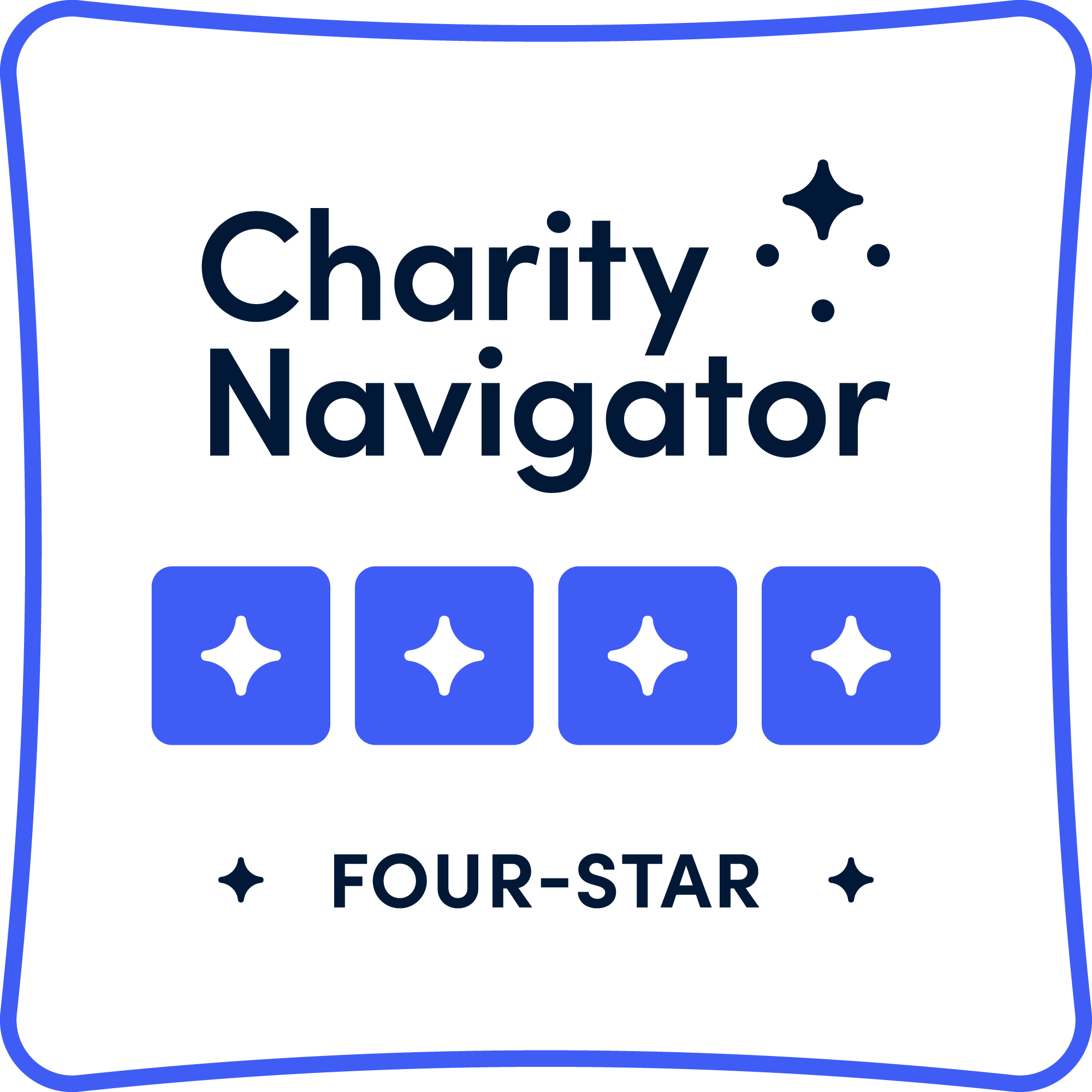The Telling Room call to submit Youth Writing and Youth Art Exploring Climate Change
Hi, educators! Share your student reach in our short Impact Survey 📚 Survey Link
Webb Telescope Gazes Where No Human Has Gazed Before
July 13, 2022

Thought Question: How can learning about the origins of the universe help shape your perspective about life on Earth?
Scientists this week are peering deeper than they’ve ever looked into the cosmos. They're reaching ever closer to the origins of time and the edge of our universe. NASA revealed the first images of the $10 billion James Webb Space Telescope on Monday. People everywhere were stunned.

Senior NASA scientist James Mather said the images convinced him that alternate life can exist in the stars. “It’s the beauty but also the story,” he told The Associated Press. “It’s the story of where did we come from?”
Scientists hope to get a tiny glimpse of light from the first stars and galaxies created 13.7 billion years ago. That’s only 100 million years from the Big Bang. Scientists believe the Big Bang is what created the universe. They also hope the telescope will provide signs of alien life in worlds never seen before.
President Biden said he was amazed at the images. “The oldest documented light in the history of the universe from over … 13 billion years ago,” he said. “It’s hard to fathom.”
Tuesday’s images showed parts of the universe other telescopes have shown. But we'd never seen it in such detail.
The Webb launched in December from South America. By January, it had traveled 1 million miles from Earth to its current spot. Then, it began setting up mirrors and infrared detectors so it could take the pictures.
Photo from Reuters.





